Heirloom Asparagus Plants - Origins Of Asparagus Use In The Garden
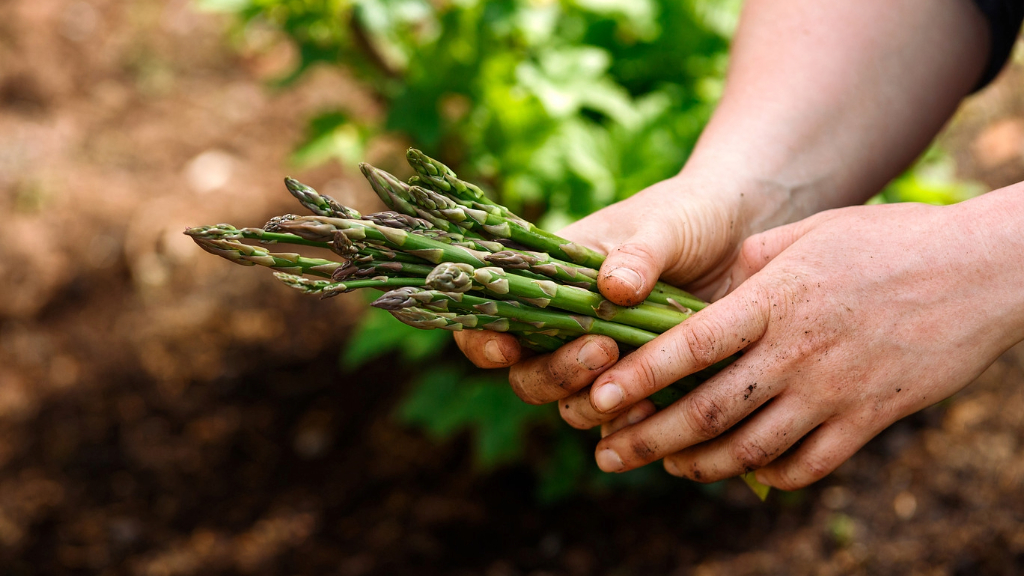

Although the familiar green veggie grows wild in many parts of the world, historians are unsure about the exact origins of asparagus. However, it is known to be native to parts of Asia and the Mediterranean. Read on to learn more interesting facts regarding asparagus history.
Origins of Asparagus Use
In its earliest days, asparagus was thought to relieve a number of ailments, including toothache and heart problems. It was used as a diuretic, and a liniment made of asparagus was applied to prevent bee stings. Asparagus history has been traced back at least 2,000 years, when the vegetable was first cultivated by ancient Romans. The asparagus was tall and narrow, much like wild asparagus. Asparagus with thicker stems that more closely resembled what we enjoy today didn't evolve until the eighteenth century. Asparagus grew in popularity and gained favor in England and France by the sixteenth century. Sometimes known as the "food of kings," asparagus was grown by royalty and others who could afford greenhouses that allowed them to enjoy their favorite vegetable year round.
Heirloom Asparagus Plants
Heirloom vegetables are grown from seeds that have been passed from generation to generation. Although delimitations vary, most plant experts agree that heirloom plants must be at least 50 years old - usually originating prior to World War II. Heirloom vegetable seeds are open-pollinated, which means they are naturally pollinated by insects or wind without benefit of human assistance. Unlike hybrids, heirloom vegetables produce plants with characteristics that are basically the same as the parent plant. Historians are fairly sure that early European settlers introduced asparagus to the New World, and we know that Thomas Jefferson cultivated the vegetable in his gardens at Monticello. Heirloom asparagus varieties popular during the Colonial days include the Washington strain, including Martha Washington, Mary Washington or Waltham Washington. Joseph Cooper's pale green asparagus was also popular in Colonial America. Other heirloom varieties include Barr's Mammoth and Palmetto, which was long popular in the South. Conover's Colossal, introduced in New York in 1868, is still available. Europeans tend to prefer white asparagus, which is grown underground to keep it from turning green. White asparagus is usually a pale shade of apple green, often with a hint of purple at the tips. Precoce D'Argenteuil, white with rose-colored buds, was a heirloom variety favored in France.
Gardening tips, videos, info and more delivered right to your inbox!
Sign up for the Gardening Know How newsletter today and receive a free copy of our e-book "How to Grow Delicious Tomatoes".

A Credentialed Garden Writer, Mary H. Dyer was with Gardening Know How in the very beginning, publishing articles as early as 2007.
-
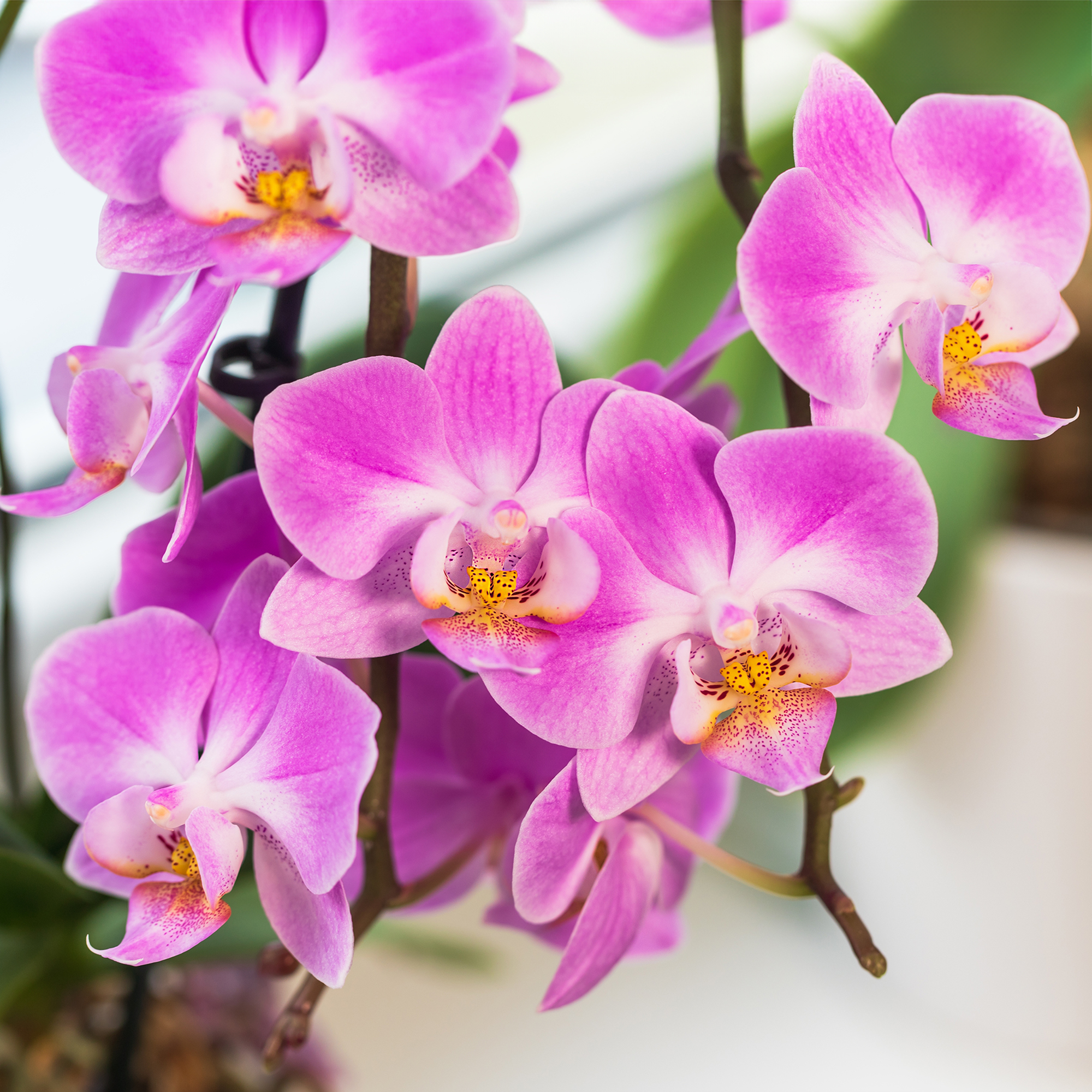 Is Your Orchid Epiphytic? Why It Matters – And How To Tailor Care For The Best Blooms
Is Your Orchid Epiphytic? Why It Matters – And How To Tailor Care For The Best BloomsWith quirky aerial roots and exotic flowers, epiphytic orchids are unlike any other houseplant. Find out how to care for them and why they're worth the effort.
-
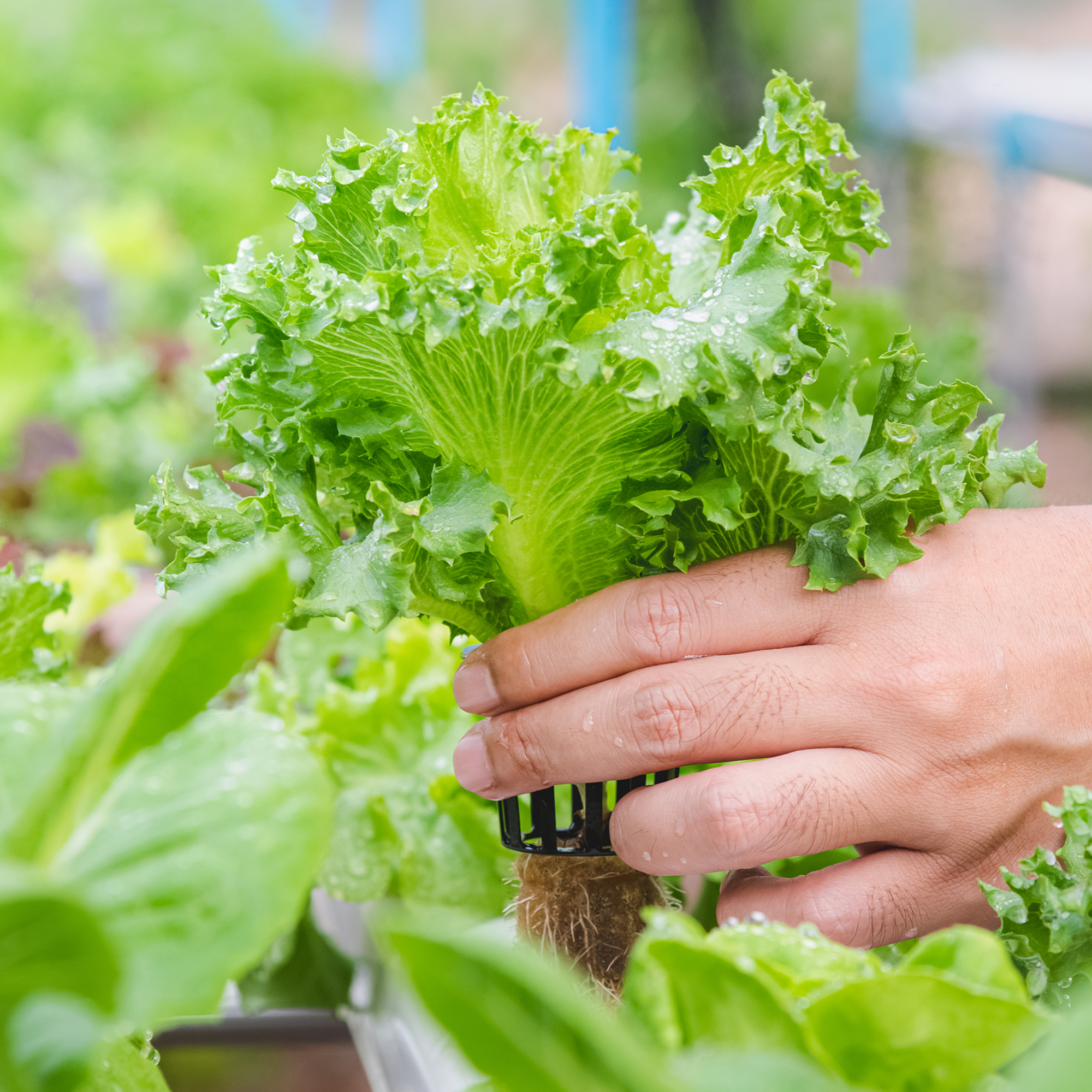 How To Grow Lettuce In Water: Easy Hydroponics For Soil-Free Leaves Year-Round
How To Grow Lettuce In Water: Easy Hydroponics For Soil-Free Leaves Year-RoundWant fresh lettuce without the fuss? Skip the soil and learn how to grow it hydroponically on your countertop or windowsill.
-
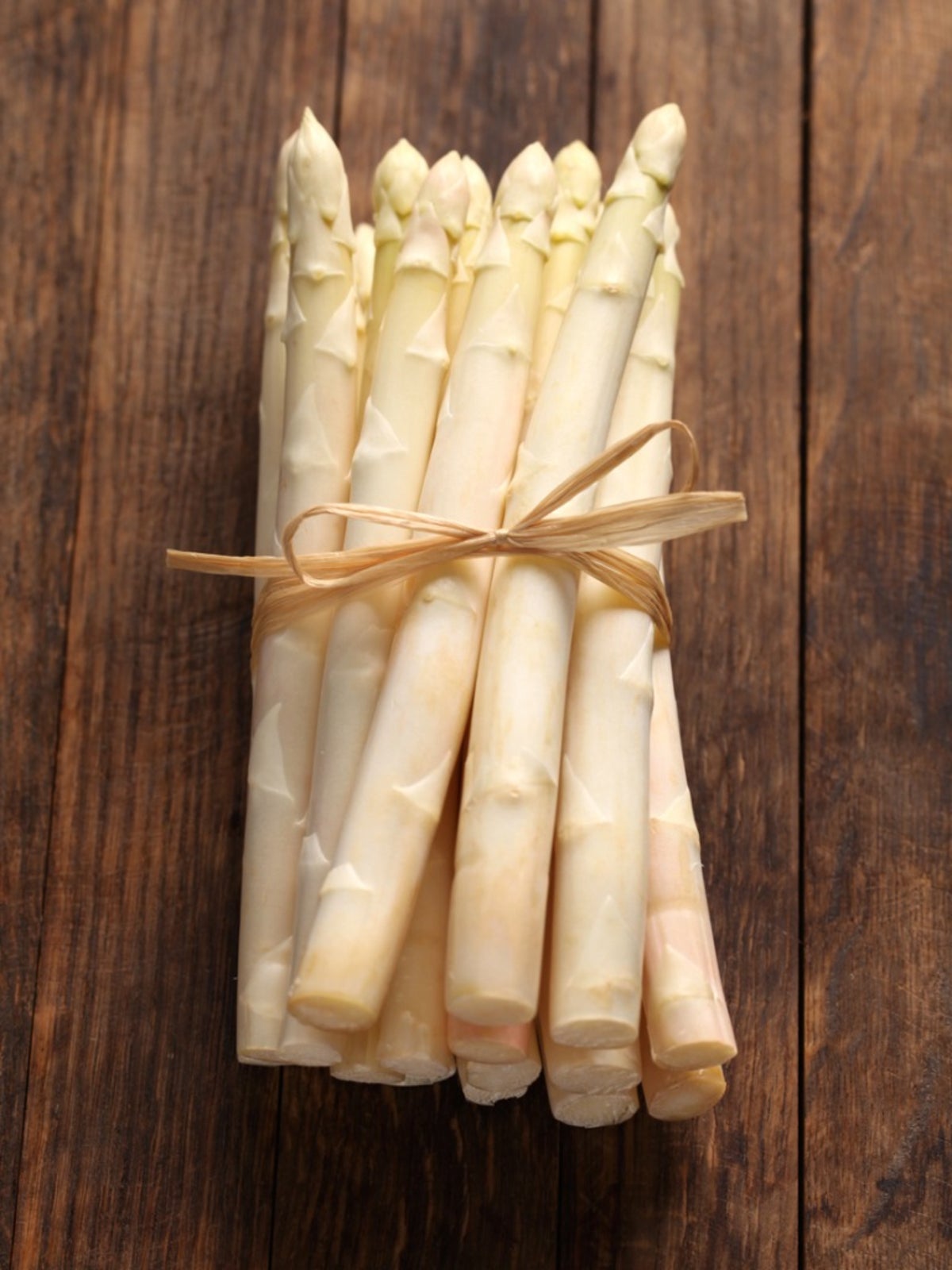 What Is White Asparagus – How Does White Asparagus Grow
What Is White Asparagus – How Does White Asparagus GrowHere's a real head-scratcher. There are no varieties of white asparagus! So how does white asparagus grow? Read on to find out.
-
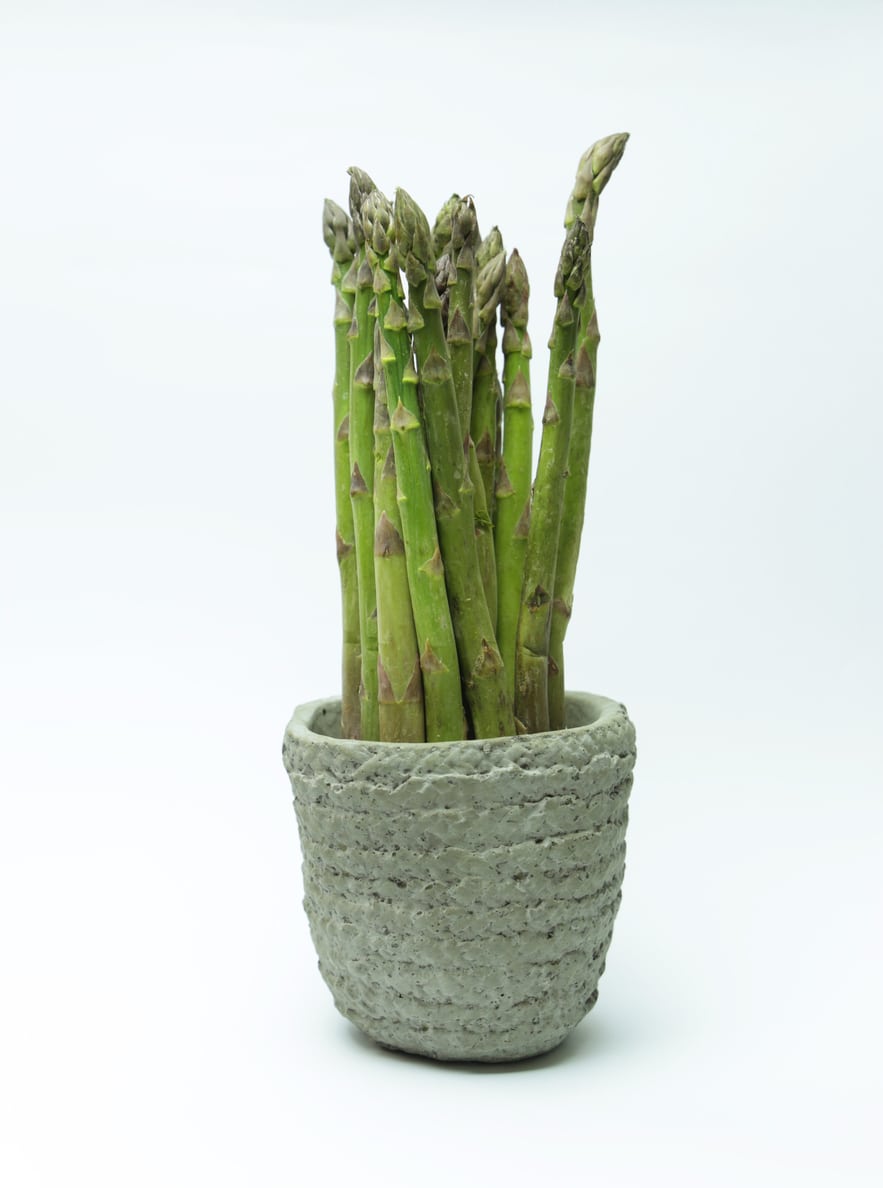 Potted Asparagus Plants – Can You Grow Asparagus In Containers
Potted Asparagus Plants – Can You Grow Asparagus In ContainersThe introduction of new asparagus cultivars has made the process of growing and caring for these plants easier than ever before. But can you grow asparagus in a pot? Click on the following article to learn more about container grown asparagus plants.
-
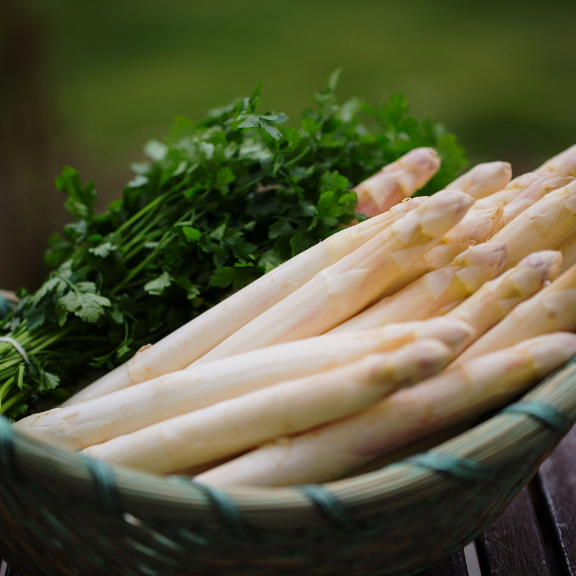 Precoce D'Argenteuil Asparagus Information
Precoce D'Argenteuil Asparagus Information -
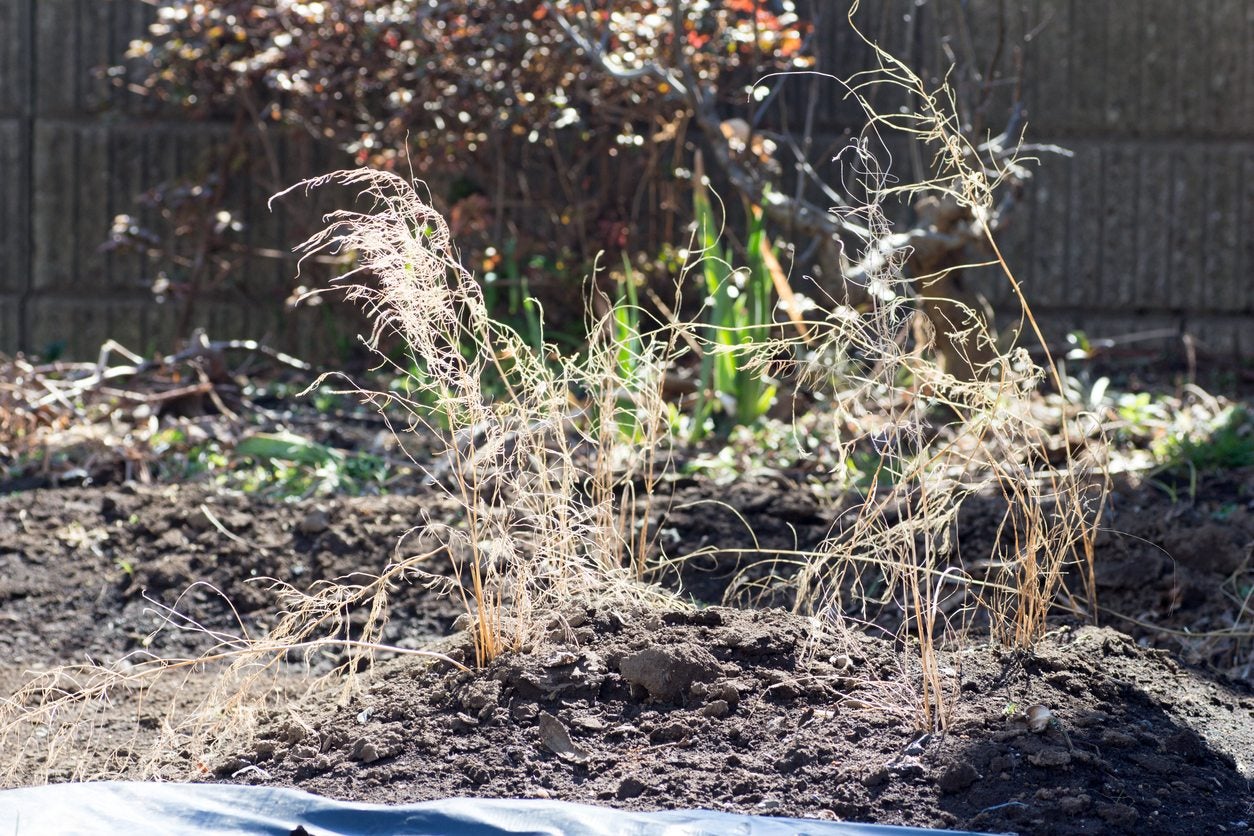 Asparagus Winter Care: Tips On Winterizing Asparagus Beds
Asparagus Winter Care: Tips On Winterizing Asparagus BedsOnce established, asparagus is fairly low maintenance with the exception of keeping the area weed free and watering, but what about overwintering asparagus plants? Do asparagus need winter protection? Find out in this article.
-
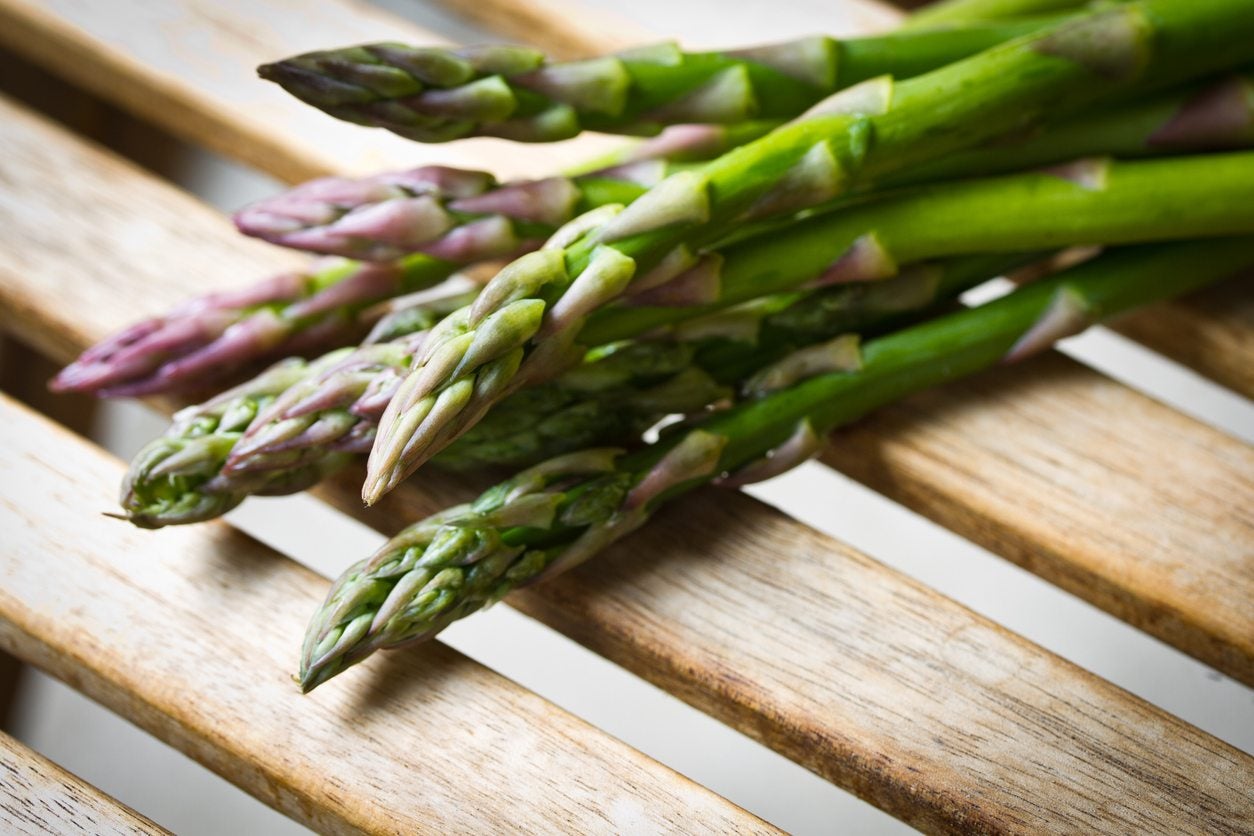 What’s The Difference Between Male And Female Asparagus Plants
What’s The Difference Between Male And Female Asparagus PlantsWe all know that some plants have male reproductive organs and some have female and some have both. How about asparagus? Are there really male or female asparagus? If so, what's the difference between male and female asparagus? Find out here.
-
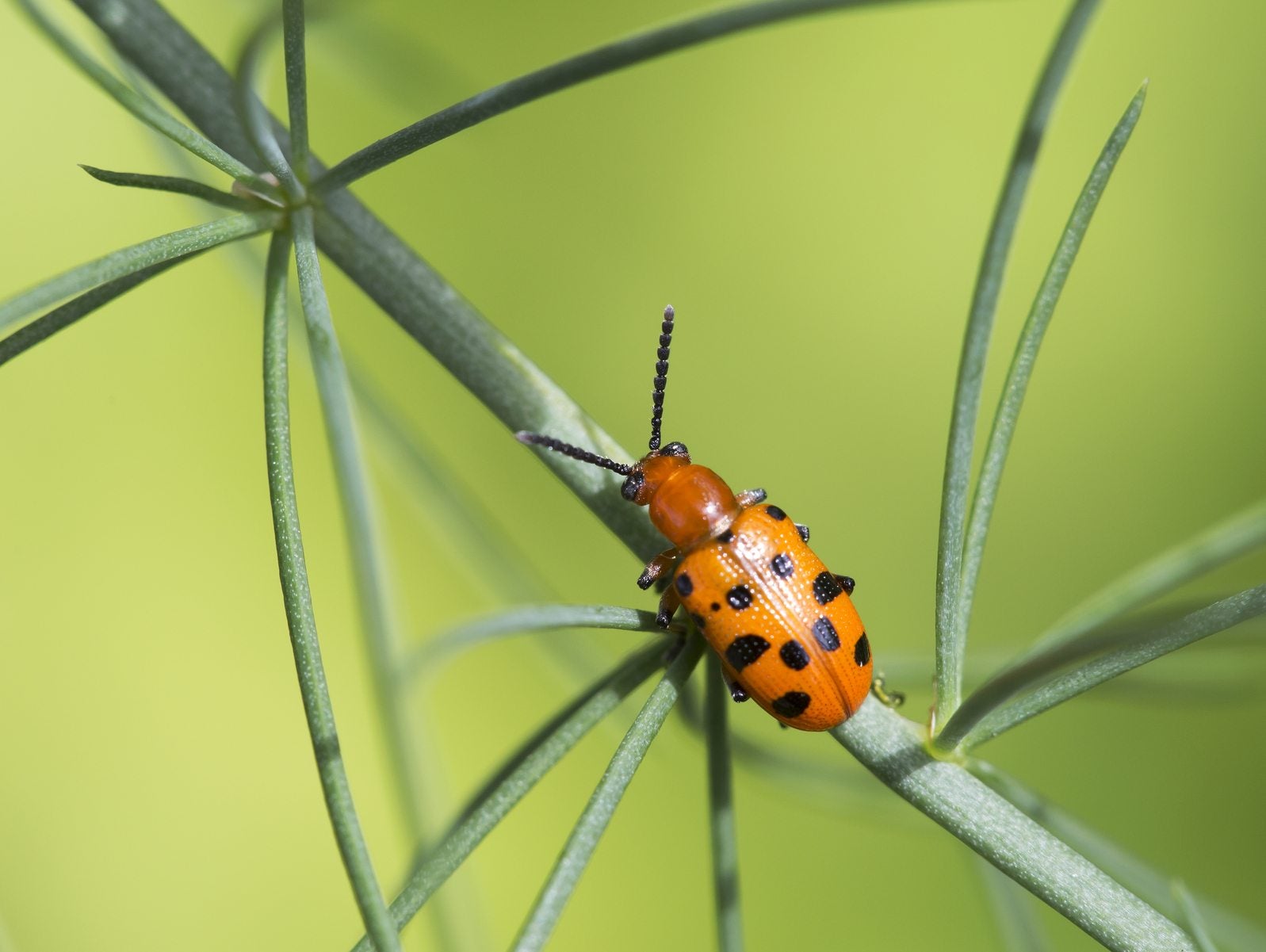 Spotted Asparagus Beetle Facts: Controlling Spotted Asparagus Beetles In Gardens
Spotted Asparagus Beetle Facts: Controlling Spotted Asparagus Beetles In GardensIt can be especially devastating when an asparagus patch falls victim to pests. One very common asparagus pest is the spotted asparagus beetle. Learn some spotted asparagus beetle facts and how to prevent spotted asparagus beetles in this article.
-
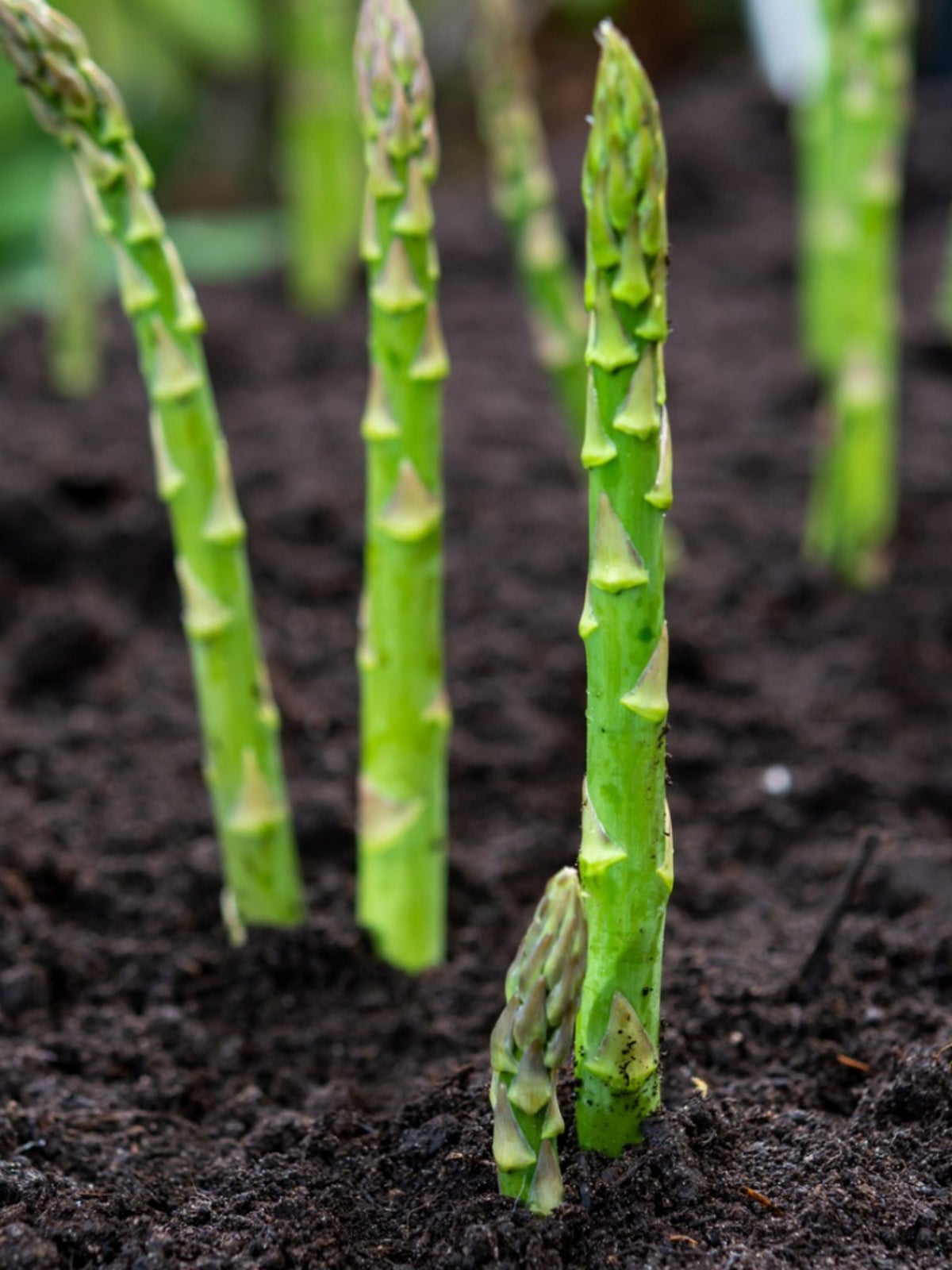 What Is Asparagus Rust: Tips On Treating Rust In Asparagus Plants
What Is Asparagus Rust: Tips On Treating Rust In Asparagus PlantsAsparagus rust disease is a common but extremely destructive plant disease that has affected asparagus crops around the world. Learn more about asparagus rust control and treatment in your garden using information from this article.
-
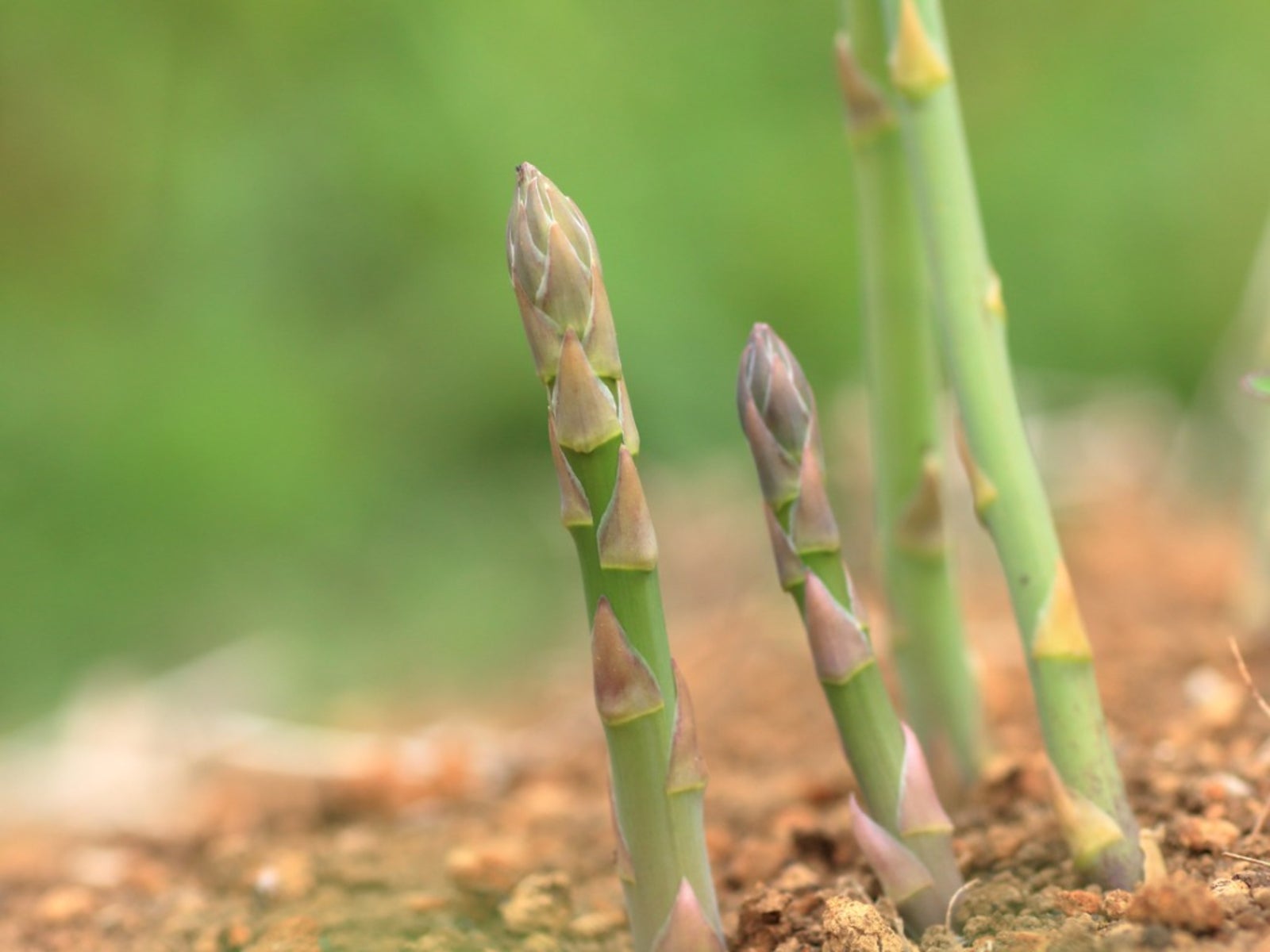 Rotting Asparagus Plants: Treating Asparagus Crown And Root Rot
Rotting Asparagus Plants: Treating Asparagus Crown And Root RotAsparagus crown and root rot is one of the most economically disastrous diseases of the crop worldwide. Asparagus crown rot is caused by three species of Fusarium. Learn more about controlling asparagus fusarium crown rot and root rot here.